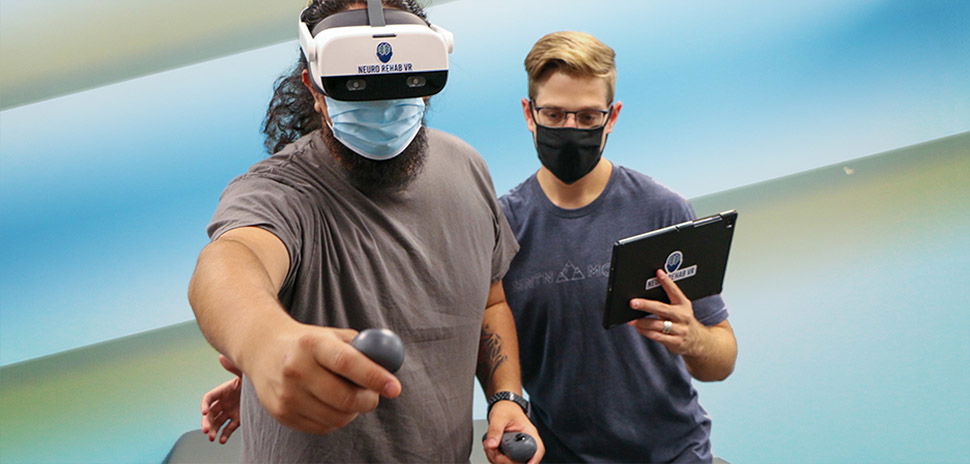
The path to recovery is through a virtual reality laboratory
Elin Hospital in Jerusalem is recruiting technology to benefit child rehabilitation-from a virtual reality motion lab to the development of custom-made devices. "Online games provide almost infinite opportunities for us. Children enjoy the game, but battle and conquer obstacles"
Virtual Reality Laboratory, Game Consoles, 3D Printers, and Maker's Custom Device Development Workshop: These are not necessarily facilities that come to mind when thinking about hospitals, but at Elin-a Jerusalem Pediatric Rehabilitation Hospital, advanced technologies are a real added value.
Using digital media, software, robots, virtual reality-all that have only come into our lives in recent years-has significance both in the recovery process and in enhancing the quality of life of people with disabilities," says Elin CEO Dr. Morit Barry. It is much more serious in infants, as they don't revert to what was before the accident, but they need to keep on developing and learning about the world. The technical means we use to allow children to experience such things in a safe space as simulations, before they do them in the actual world. "
I will hold the Elin Conference on Child Rehabilitation tomorrow, which will address the importance of technology in the rehabilitation process. New technologies are, according to Barry, an important engine for motivational development-perhaps one of the important components of rehabilitation processes, especially among children. "It is important that you practice moving your foot or hand." If the situation brings them to a place of motivation, they will do so. So we are using games, and the world of virtual gaming opens almost unlimited possibilities for us. The children enjoy the game but fight and overcome obstacles, and train their bodies for goals that are important to us as professionals. "
The innovation space at the hospital includes a movement lab based on virtual reality-a connection that does not yet exist elsewhere in Israel. "The lab set up less than a year ago, and it has already passed through several dozen children," Barry says. We collect information that includes the march components, detailing it triggers which muscles. Ultimately, we examine not only what the gait looks like but what mechanism they created it. Is the boy limp? Maybe it's the ankle, maybe it's the hip, maybe there's a dysfunctional muscle.
There is also a kind of makeshift space inside the hospital (once known as a "workshop,"), which focuses on researchers, start-ups and even industrial designers-to develop customized solutions for young patients. "Children don't buy very expensive products because they'll grow in a year, and that won't be appropriate anymore," Barry explains. "In this workshop, we can design and print products specifically for each child. We 're helping to develop solutions with broad commercial potential from the ideas created there. The prototypes we try with, but the ambition is to contribute to the world's population of all children."
Gaming was a rehabilitative goal
Around we treat 300 children in Elin. They come from birth to adulthood, some with congenital problems like muscle illnesses, some with brain injuries, some with accidents and injuries. Technology has always been a part of The hospital's DNA, according to Barry. "It was very natural for us to move on to new technologies, but what is surprising is the mobilization of the technological community-both local and international. Thinking teams come to us, help us think about solutions, and we help them create inclusive solutions for shelf products-so that people with disabilities can also use them.
The health sector is never a challenging one. You've got to rely on clinical trials, wait for approvals, a lot of bureaucracy, sometimes recruiting medical staff to use technology is also hard. Is that noticeable in Elin?
Our major challenge is the deployment of day-to-day technologies. We don't have thousands of patients, so we're looking for partners to develop solutions for a wider population than the immediate hospital. If, for example, we've developed a tremor solution, it can help Parkinson's patients.
What technologies are you aiming at bringing to the hospital?
We want to put a lot more work into robotics, and we want to develop the field of gaming as a rehabilitative end. This means that a patient will play games played by his peers, the same consoles and all the means available When he's online, his disability is invisible and he can take part in the virtual world like anybody else.


